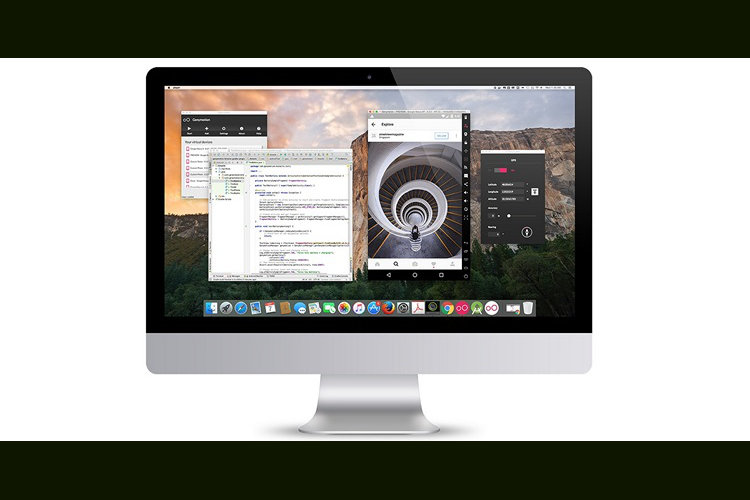Just tried to run Android Studio (4.1.1) on Macbook Pro M1, it works, but: No emulators at this point. Can build and publish on Android Phone (Nexus 4a in my case) IntelliJ has some lags in performance on M1 (because it is not native, and Intel built), but feels pretty usable.
- Nox App Player For Mac is the name for the Android emulator which has become extremely popular these days. Nox player 6 is the latest version emulator and it is also called Nox Emulator or Nox Android emulator. Install the emulator on Mac Sierra or OS X with these simple steps given in this complete guide.
- I have explained Step by step process to install android studio on a mac m1 in 2021. Also, Install Android Emulator on MacBook air m1. (One Complaint from my.
The purpose of this section is to guide you to create in your development environment an Android emulator.
Android emulators are managed through a UI called AVD Manager
AVD Manager has a nice interface when started from Android Studio.
Start Android Studio app, then create a blank project.
Go to the Tools menu -> :Android -> AVD Manager:
If no emulator has been created you should start with this screen:
Click the Create Virtual Device button.
In the Select Hardware window , select Nexus 5 as shown in the following snapshot:
Click the Next button.
Best Pc Emulator For Mac
In the System Image, select the system image Nougat, API Level 25 , ABI x86 :
Click on the download link to download the selected System Image. This download process is done through SDK Manager.
Once the download is complete, click on the Next button.
In the Verify Configuration window, check any parameter :
Then click on the Finish button.
AVD Manager shows you the newly created device:



Click on the launch button to launch the newly created AVD in the emulator.
Notice in the Run Window of Android Studio the command line used to start the device:
Macbook Air Android Emulator Free
which can be shortened to :
How to start Android Emulator from Terminal?
Stop the emulator started by Android Studio. Open the Terminal app and type the following command:
This should start the emulator with the selected AVD.